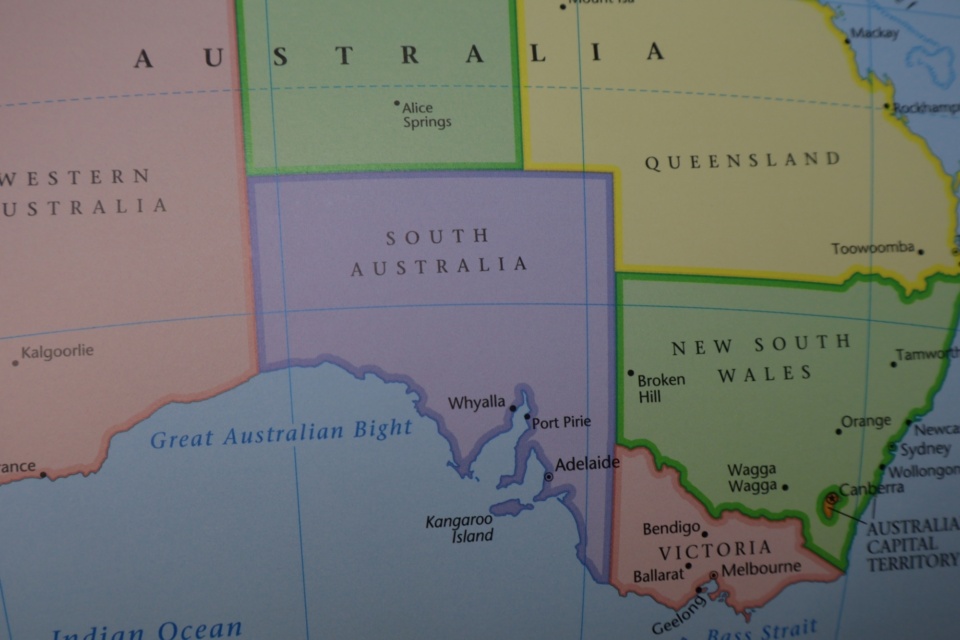
‘You are not broken, the system is’ – new NFP pushes for less medication
Posted on 03 Dec 2025
The over-medicalisation of distress affects pretty much everyone in Australia, leading to needless…
Posted on 14 Aug 2023
By Greg Thom, journalist, Institute of Community Directors Australia

A lack of flexibility around study and a negative bias against young people willing to help are key reasons preventing more students from volunteering.
The insights came straight from the horse’s mouth during an online discussion panel for National Student Volunteer Week.
Hosted by Volunteering Australia and moderated by national strategy director Zac Reimers, the panel comprised three student leaders from different backgrounds who shared their views on how volunteering empowers students to contribute to causes close to their heart.
Each panellist also agreed however that more needs to be done to motivate young Australians to volunteer and make them feel welcome when they do.
Total volunteer numbers across Australia plummeted by more than 200,000 in 2021-2022, part of a significant long term decline. Arresting the fall is a top priority currently being addressed by the National Strategy for Volunteering.
Research released by Volunteering Australia to coincide with National Student Volunteer Week revealed:
Younger Australians are more likely to engage in virtual volunteering, contributing their skills and talent online rather than in person.
Jamien Frankcombe works as a diesel mechanic and joined the State Emergency Service in Tasmania as a volunteer four years ago.
He told the Student Volunteer Experience panel discussion devoting some of his free time to the SES gave him the chance to learn new skills, meet interesting people and get out on the road.

"It’s been the best thing I’ve ever done,” he said.
Sydney based fellow panellist Janice Rodrigues recently completed university studies in politics, international relations, and socio-legal studies.
“I work with young people at a Migrant Resource Centre and Plan International and volunteer in more political advocacy related roles at Raise our Voice Australia and Democracy in Colour,” she said.
The volunteering bug bit at an early age, when she and a friend put their hands up as high school students to help at their local Vinnies.
“I didn't like the fact that all my brain energy was going into studying, so it almost made me feel like there was meaning in my life outside of school.”
The seed planted in high school continued to grow while attending university and beyond.
“Studying social policy and looking at different groups that are affected by it, I wanted to learn more so I began volunteering with First Nations high schoolers around educational equity and also a Domestic Violence shelter,” said Janice.
“It felt a lot more practical and meaningful, because I was not only contributing my time, but I was learning so much from the young people who were actually involved.”

Janice said engaging young volunteers in this way is critical if they are to keep coming back.
“I guess even though there was obviously a certain time commitment involved, just because I was learning so much and it felt really meaningful, I would constantly see myself going back and it just kind of fell into habit for me.”
Amber Tsai is in her final year of a PhD in volunteer leadership studies at the University of Tasmania and has previously been a volunteer with not-for-profit travel agency Travel with a Cause.
She has seen the volunteering equation from all sides.
“I was an international student when I first started volunteering,” she said.
“Then, afterwards, recruiting volunteers became part of my job, and now that I'm studying again, I serve as a volunteer board member for my previous organisation, so I'm a volunteer who studies volunteering!”
“Volunteers are not like paid employees. Their passion is the currency.”
Jamien said in his experience, volunteering is a two-way street.
He remembers turning up to his first training session with the SES and being pleasantly surprised that he was embraced rather than treated as a know nothing newbie.
“They don’t treat you like an outsider who doesn’t know anything, but rather ‘what can I learn from this person that I might not know?’”
Amber said this mutual respect is a crucial piece in the puzzle to engage young volunteers.
“Volunteers are not like paid employees. Their passion is the currency.”

There was recognition from the panellists that if volunteering is to thrive, it was up to young people to make it happen.
Jamien said he is the youngest person in his SES unit where ages range from 40 to 70.
“There is going to come a time where they're going to have to pull the pin and just say, well, that's enough. So, we do need more people to fill their shoes,” he said.
Amber said it is important to acknowledge the challenges that may be preventing young students from devoting their time to volunteering, no matter how worthy the cause.
“A lot of young people who do come in as volunteers can be shaping the future,” she said.
“As someone who's also a young person, I totally understand things like fluctuating schedules and how hard it can be to commit time.
“(But) then at the same time, it is frustrating when you're on the other end as well.”

Janice said embracing social media through posting about volunteer opportunities and events and networking is a crucial way to engage with potential student volunteers.
“That’s their world,” she said.
While young people are invested in making a difference, for many, there can also be more practical motivations to volunteering.
They include opportunities for mentorship, the chance to learn new skills, bolster their resume and benefit from expanded social connections.
Amber said her research and own experience had shown her it was important to follow the right steps to effectively engage with young volunteers.
One tried and true method is called the EAST framework.
EASY
When recruiting volunteers, make the process as easy as possible. The less clicking or typing they have to do, the better.
ATTRACTIVE
Talk as much as you can about the benefits people can get from volunteering with your organisation. What’s special about you?
SOCIAL
“Include pictures of people in social media posts aimed at recruiting volunteers that your target audience are more likely to identify with and can imagine themselves volunteering with.
TIMELY
When planning to recruit student volunteers, check when their exam period is. It’s a priority for them, so you don’t want to interfere with their academic commitment.
Amber said it’s important younger people first feel satisfied with the contribution they are making before developing a sense that volunteering is intrinsic to who they are.
“Commitment comes later. You need to make them feel emotionally bonded to the goal of the organisation.”

Posted on 03 Dec 2025
The over-medicalisation of distress affects pretty much everyone in Australia, leading to needless…

Posted on 03 Dec 2025
If you wanted an example of the problems inherent in federal systems, you couldn’t do better than…

Posted on 03 Dec 2025
Many not-for-profit (NFP) board members in Australia are burnt out, overwhelmed and considering…

Posted on 03 Dec 2025
Infoxchange has announced a partnership with the National Artificial Intelligence Centre to address…

Posted on 03 Dec 2025
Tonight, in Adelaide, the people least likely ever to be accused of doing what they do for…

Posted on 03 Dec 2025
Emma-Kate Rose is the co-CEO of Food Connect Foundation, working with communities to support the…

Posted on 03 Dec 2025
Today is the International Day of People with Disability, but for many, there is little to…

Posted on 26 Nov 2025
Charities and not-for-profits can be outstanding advocates for their cause, their community, their…

Posted on 26 Nov 2025
Next Wednesday, December 3, All Abilities ambassador Greg Pinson will be celebrating the…

Posted on 26 Nov 2025
If you think it’s inefficient for every small organisation seeking funds in regional, rural or…

Posted on 26 Nov 2025
An emerging tax scheme that offers tax deductions by using barter credits to inflate DGR donations…

Posted on 26 Nov 2025
A landmark conference starting tomorrow in Sydney will bring together the dual sensory impairment…